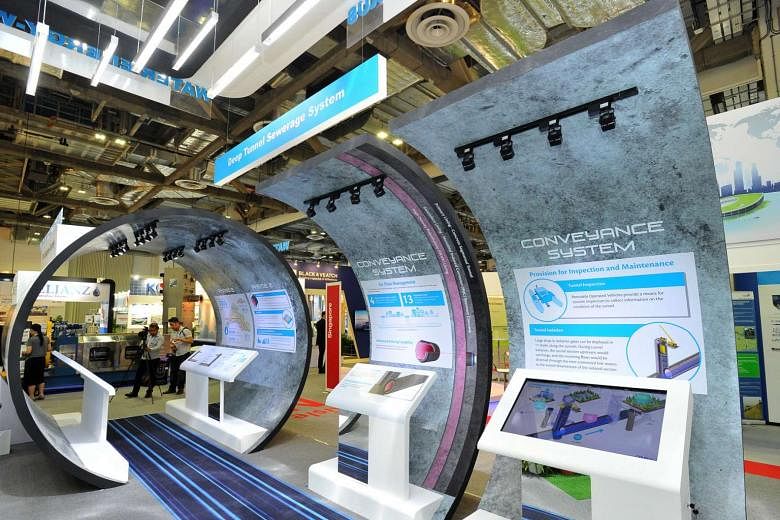SINGAPORE - Close to half of Singapore's waste will be treated at two new billion-dollar mega-facilities in Tuas by 2027.
To be built side by side, the Tuas Water Reclamation Plant (TWRP) and Integrated Waste Management Facility (IWMF) will be able to treat 40 per cent of the Republic's used water and solid waste.
They will complement each other in such a way where they will be completely energy self-sufficient.For example, energy generated at the waste facility through incineration of trash will be supplied to the water treatment plant for its operations.
Treated water from the water treatment plant will be piped to the waste management facility to be used for cooling purposes for instance.
In fact, the Integrated Waste Management Facility will produce 1,980,000 MWh of energy a year, enough to power close to 400,000 four-room flats. Only 10 per cent will be retained to operate the two facilities, with the rest exported to the grid.
The project, which will include the construction of a integrated NEWater factory at the Tuas Water Reclamation Plant, is estimated to cost $9.5 billion in total, and will be the first of its kind in the world.
Details of the two facilities, and upcoming tenders for their design and construction, were announced on Monday (July 11) by national water agency PUB and the National Environment Agency (NEA).
Mr Joseph Boey of the NEA and project director of IWMF said that the co-location of the facilities "marks a new chapter in the way used water and solid waste are managed in land-scarce Singapore".
Together, they will be able to reduce the environmental and land footprint, hence maximising the amount of energy recovered from the treated waste, he said.
As compared to building the two centres separately, the co-location of the pair also saves 2.8 hectares of land.
The cost-savings are in the range of a couple of $100 millions, based on preliminary studies, said Mr Yong Wei Hin, director of the Deep Tunnel Sewerage System Phase 2 at PUB.

